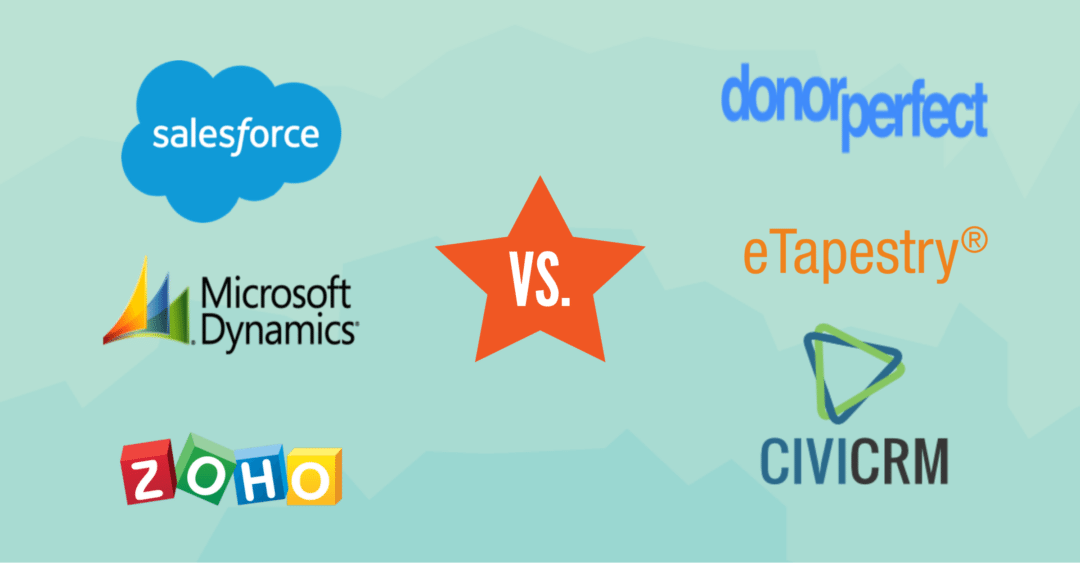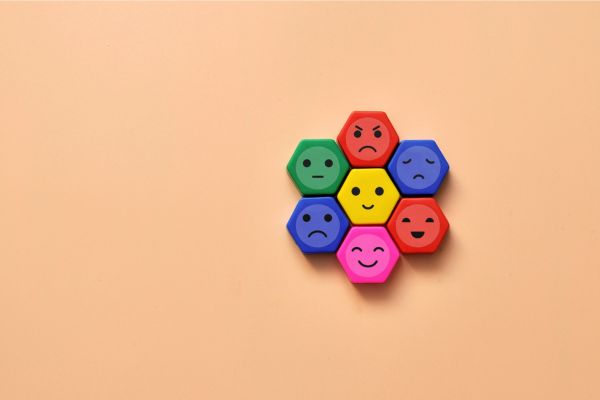Insights
INSIGHTS
All Topics
My Account
CRM or donor management system: which one is right for you?
03 May 2018by Chloe Green
Deciding on software for your charity’s data management? We outline the key differences between CRM and donor management systems, and how to choose based on your needs, cost restrictions and technical expertise
| Sponsored by One Advanced |
Data growing out of control? Putting your charity’s data into a CRM (Customer/Constituent Relationship Management) system can be a real lifesaver when it comes keeping track of supporters, donors, volunteers and beneficiaries.
But before you go ahead it’s important to know a bit about the different types of CRM systems on the market that charities and non-profit organisations can choose from. These fall into two main categories – general or ‘vanilla’ CRM systems, and donor management systems. We outline the differences below.
To read more about how some of the main CRM and donor management systems for charities compare, go to our article and PDF guide here.
CRM systems
General CRM systems are exactly what they sound like - CRM systems built with all the functionalities you would expect, but that don’t come as a system for charities straight out of the box. These are primarily designed for sales organisations and so include language and relationships such as customers, revenue, sales, etc.
A CRM system will need to be adapted for a charity environment - either through a template which the vendor offers, or through custom development by the charity or a third party specialist. Some systems, such as Salesforce, have a vast amount of features and options, and can be customised to more or less any set-up imaginable.
Examples of this type of software (or cloud-based platform) include Salesforce, Zoho and Microsoft Dynamics.
Donor management systems
Donor management systems are CRMs that are marketed specifically to charities, tailored around charity-specific processes like donor management, grant making, managing legacy individuals and volunteers. They come pre-loaded with the data fields and interactions that charities need, such as donors, volunteers, fundraising campaigns and events.
They generally need less set-up and customisation as they work ’out of the box’, but are less versatile once set up. Examples of donor management systems include DonorPerfect, Blackbaud’s eTapestry and Raiser’s Edge NXT, and CiviCRM.
There are also a staggering number of more specialised donor management systems out there, some specifically aimed at small membership clubs, trade associations or other types of organisation, or designed for particular aspects of a charity’s operations - from managing projects and events, to organising time-specific volunteers, managing peer-to-peer-fundraising, launching fundraising campaigns, grant management and budgeting, to e-marketing and social media.
As Richard Cooper, Director of Programmes at Charity Digital explains: “getting general CRM software like Salesforce out of the box is like having a car in parts on the garage floor: you’ve got to make a car out of it.” “But donor management systems come as an assembled car.
If you want that specific car, then it works for you. If you want something slightly different and specific to you, you may need to go with a general CRM system which you can then customise to your needs.”
Functionality
The type of software you choose will depend on the number of donors or beneficiaries you have to manage and how complex your operations are.
"If you have a single problem to fix, for instance you had previously managed donors in Excel spreadsheets and you had 50 donors and now you have 5,000 and it’s getting out of hand, you may just want something to manage that list," says Cooper. "In this case, a donor management system is the right way to go."
"If, on the other hand, your vision is ’I want it to integrate with my marketplace, manage processes, manage different volunteer programmes and multiple third party projects and beneficiaries at different stages, link them to my finances and join everything up into one system’, a specialist suite might soon constrict you. You could perhaps jam them into different specialist systems, but they wouldn’t integrate very well."
Technical capability
A common problem with charities that choose powerful, feature-rich CRM systems such as Salesforce is that they may obtain a license for a grant, but end up never using most of the functionality.
"It may be that they realise they don’t have enough time or technical skills to make the most out of it," says Cooper, "and when they went into the project didn’t realise quite how much effort they would have to put in to make it happen." Setting up a general CRM system for a charity environment will mean either applying a non-profit template (which may still be limited to a specfic set-up and need some technical understanding to get up and running) having the technical expertise in-house to develop the system to your needs, or going to a specialist consultancy.
Consultancies generally have a wider set of templates to suit different organisations and they will be able to work closely with you to design a system that suits your specific processes and what you are trying to achieve. Once the system is set up, you will need to be able to manage ongoing day-to-day administration.
If you plan on making a lot of changes or being able to grow your data quickly, you may not want to have to keep going back to the supplier or consultancy to change things.
"You don’t want to have to go back to them and say ’we have a new user, can we add them please?’ or add a banner to bottom of an email template," says Cooper. "With that in mind, if you need to be able to do things yourself in any depth, you need to have someone with the technical aptitude in-house."
Cost
There are a few factors involved in assessing the cost of a CRM system compared to a donor management system. Vanilla CRM systems such as Salesforce often come with heavy discounts or a certain number of free licenses for charities.
But you must also consider the cost of any development partner or consultant you bring onboard to adapt the system. Donor management systems such as DonorPerfect are priced for non-profits by default, however, says Cooper: "With a donor management system you generally pay more licenses than you would a vanilla CRM system. Also, if you buy a license you’re locked into them as a solution with less flexibility, and there may still be costs involved in implementation and management. If you want to move away from them you will have also to run a migration programme, which may cost you."
"However, you will have to put more development effort into vanilla CRMs, so the price becomes a slightly complex trade-off." An alternative option is to go with open source software such as CiviCRM. With this model, the software comes completely free. However, you may need to employ a local ’expert’ to help set it up.
More on this topic
18 Feb 2025by Ioan Marc Jones
Training to help your charity embrace the future
Recommended Products
18 Feb 2025by Ioan Marc Jones
Training to help your charity embrace the future
Our Events
Charity Digital Academy
Our courses aim, in just three hours, to enhance soft skills and hard skills, boost your knowledge of finance and artificial intelligence, and supercharge your digital capabilities. Check out some of the incredible options by clicking here.















